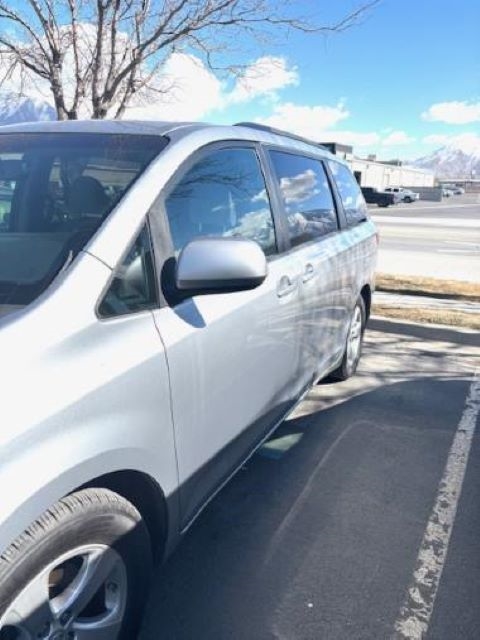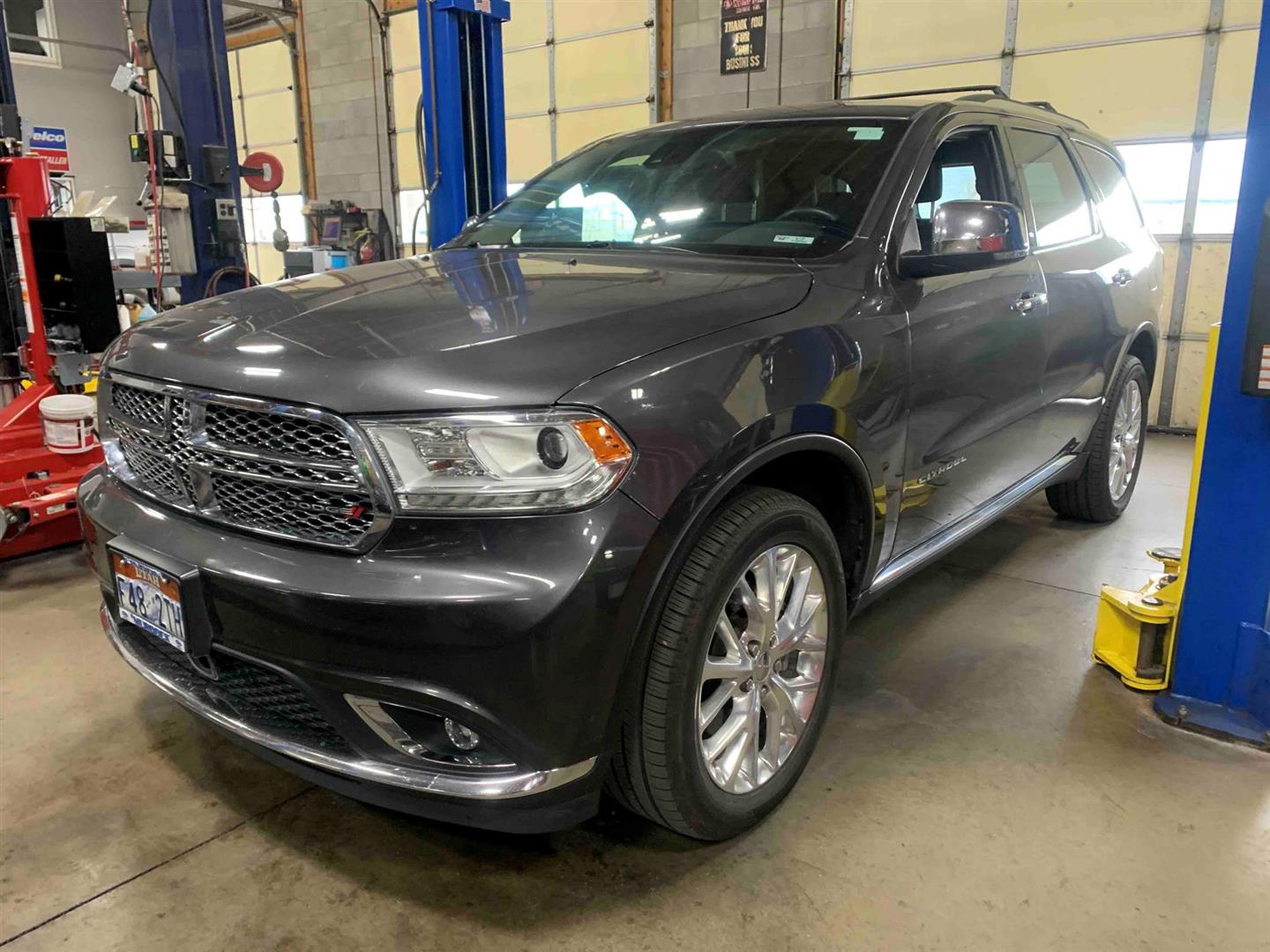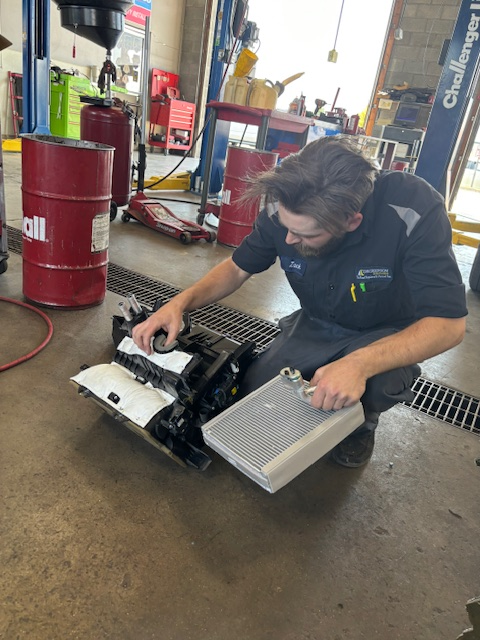Posted on 3/13/2025

Your vehicle's ball joints are crucial components that connect the suspension system to the wheels, allowing for smooth steering and movement. Over time, these joints can wear out, compromising your vehicle's handling and safety. Identifying the signs of a failing ball joint early can help you avoid costly repairs and ensure a safer driving experience. Here’s what to watch for: 1. Clunking or Popping Noises One of the most common signs of a bad ball joint is a noticeable clunking or popping sound, especially when driving over bumps, making turns, or hitting potholes. This noise occurs as the worn ball joint rattles within its socket, indicating excessive movement. 2. Uneven Tire Wear Worn ball joints can cause your wheels to become misaligned, resulting in uneven tire wear. If you notice excessive wear on the inside or outside edges of your tires, it may be due to a loose or failing b ... read more
Posted on 2/26/2025

Why Won’t My 2018 Toyota Sienna Power Sliding Doors Open? If you’re having trouble with your 2018 Toyota Sienna’s power sliding doors, you’re not alone. These doors are convenient, but they can sometimes malfunction due to electrical or mechanical issues. Here are some common reasons why your Sienna’s sliding doors won’t open and what you can do about it. 1. Child Safety Lock Engaged Before assuming there’s a major issue, check if the child safety lock is engaged. If it is, the doors won’t open from the inside. You can disable this by flipping the switch near the door latch. 2. Power Sliding Door Switch Turned Off Toyota Sienna’s have a power sliding door control switch, usually located on the dashboard near the steering wheel. If this switch is turned off, the doors won’t operate automatically. Try toggl ... read more
Posted on 2/19/2025

Chrysler 3.6L Oil Cooler Leaks: What Dodge Caravan & Jeep Cherokee Owners Need to Know The Chrysler 3.6L Pentastar engine, found in vehicles like the Dodge Grand Caravan, Jeep Cherokee, and Chrysler Town & Country, is a powerful and efficient V6. However, one common issue owners face is oil cooler leaks, which can lead to serious engine damage if not addressed promptly. Here’s what you need to know about this problem and how to fix it before it turns into a costly repair. What is the Oil Cooler & Why Does It Matter? The oil cooler helps regulate engine oil temperature by dissipating e ... read more
Posted on 1/8/2025

What Are the Signs of a Leaking Heater Core? A leaking heater core can cause a variety of problems in your vehicle, and recognizing the warning signs early can save you from costly repairs. This critical component of your car’s heating and cooling system is essential for maintaining comfort in colder months and ensuring the proper functioning of your vehicle. Here are some key indicators that your heater core might be leaking: Signs of a Leaking Heater CoreFogged-Up Windows When Starting the Vehicle If your windows fog up shortly after starting your car, especially when the heater is on, it could be a sign of coolant vapor leaking from the heater core into the cabin. Coolant on the Floorboards Puddles or a damp feeling on the passenger-side floorboards often indicate a leaking heater core. Coolant has a sweet smell, so if you notice an unusual odor in your car, check for wet spots under the dash. ... read more
Posted on 12/12/2024
.jpeg)
Your vehicle’s thermostat is a small but crucial component that plays a significant role in maintaining the engine’s temperature. When it’s functioning correctly, the thermostat regulates the flow of coolant to ensure your engine stays within the optimal temperature range. However, if the thermostat fails, it can lead to serious issues. Here are some common signs of a bad thermostat you should watch out for: 1. Engine Overheating One of the most obvious signs of a faulty thermostat is engine overheating. If the thermostat is stuck closed, it prevents coolant from circulating through the engine, causing the temperature to rise rapidly. An overheating engine can lead to severe damage, including a blown head gasket or warped engine components. 2. Engine Running Too Cold On the flip side, if the thermostat is stuck open, the coolant continuously flows through the engine, preventing it from reaching its optimal operating temperature. T ... read more